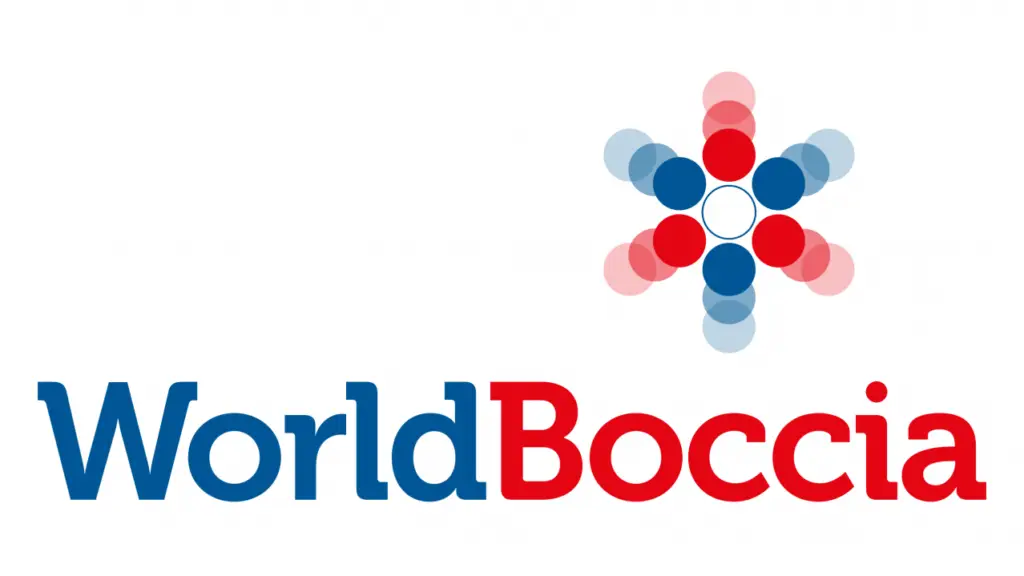- Home >
- Classification >
Classification
For Competition Purposes, Athletes Are Classified Into One Of Four Classifications
BC1
Players in this class throw the ball with the hand or foot. They may compete with an assistant who stays outside of the competitor’s playing box, to stabilize or adjust their playing chair and give the ball to the player when requested.
BC2
Players in this class have severe locomotor dysfunction of all four extremities as well as poor trunk control. They can demonstrate sufficient dexterity to throw the ball onto the court. Players are not eligible for assistance.
BC3
Players in this class have very severe locomotor dysfunction in all four extremities. Players in this class have no sustained grasp or release action and although they may have arm movement, they have insufficient range of movement to propel a Boccia ball onto the court. They may use an assistive device such as a ramp to deliver the ball. They may compete with an assistant; assistants must keep their back to the court and their eyes averted from play.
BC4
Players in this class throw the ball with the hand. They are not eligible for assistance.
Faqs
Paralympic sport exists so that athletes with a disability have equal opportunities to compete and be successful in sport. Classification groups athletes who have similar impairments together into classes for competition in their particular sport. Each Paralympic sport has a different classification system.
Each sport specific classification system details the impairment types within their sport. Athletes are required to provide medical documentation for classification that details their impairment type and level of impairment. There are specific minimal impairment criteria that athletes must meet in order to be eligible for the sport. This is determined through a classification assessment.
By grouping similar athletes together, an athlete’s disability plays less of an impact on the outcomes of competition. This means that classification helps to allow the fastest, strongest or best athletes in each class to succeed in their sport.


